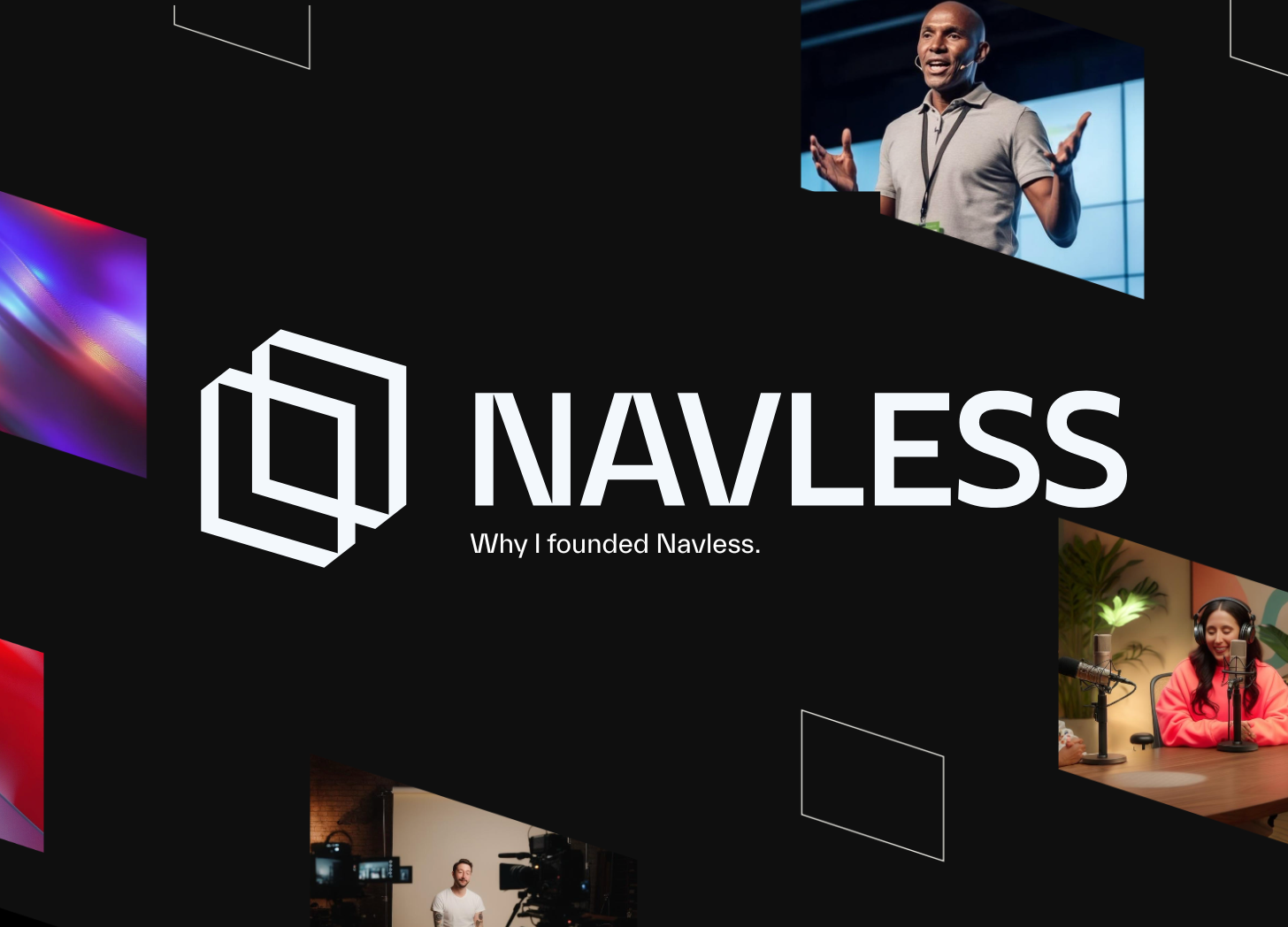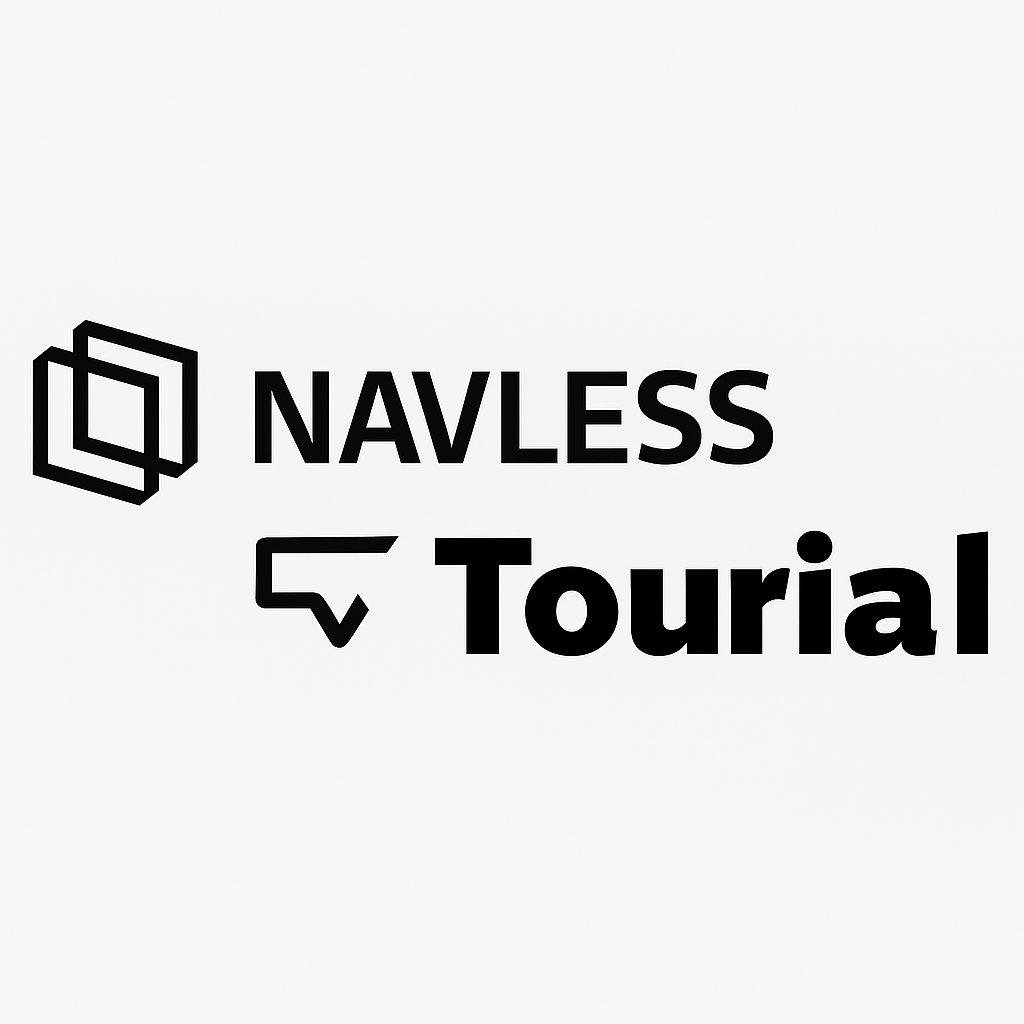The world of B2B sales is far from static, and many have speculated that outbound strategies are becoming obsolete. However, rather than declaring outbound as "dead," we should instead acknowledge that it needs to evolve to meet the changing behavior of buyers.
We sat down with Keegan Otter, Head of Revenue at Warmly, and our very own Joey Alvandi, Account Executive at Tourial to discuss all things outbound — how the buyer’s landscape has changed, and how you can adapt your strategy to educate better, and the data you should be looking at to determine success.
Shifts in buyer behavior
Not all methods that once worked well in outbound strategies necessarily work now. Cold calls and spray and pray emails may have been the norm several years ago, but today, those strategies aren’t successful in most cases.
Buyers expectations have changed — they don’t want to spend excess time taking demos just to see a product. They’re researching on their own and want to be able to understand a product beore taking action (like scheduling a sales demo). In fact, most only spend about 17% of their time actually with sellers (Gartner, 2020).
What's changed:
1. Increased Research and Self-Education: Buyers now engage in extensive research before reaching out to vendors. They enter the conversation better informed about their needs and potential solutions.
2. Desire for Personalization: B2C-like experiences are now expected in B2B interactions. Buyers want tailored, relevant content and personalized engagement.
You can learn more about how Warmly approaches outbound in this article.
Now, let’s dive into some Q&A from our chat!
Aim to educate first, and show how your product works
Buyers have become desensitized to traditional mass-send emails and it takes more than just a “first name” token + stat to get them to engage. To capture their attention, you need to offer a glimpse into how your product works and back up the claims on your website.
Outbound must move toward hyper-relevancy because buyers are looking for specific and relevant content that speaks directly to their needs and challenges.
Question: What do your emails look like? What do you include in them? How long/short are they?
Keegan says it’s all about experimenting — take the length of your email for example. You want to educate as much as you can, but sending a wall of text in an email isn’t going to cut it.
Instead, Keegan suggests including other types of content that make it easy for your prospect to see your product (instead of just reading about it).
“I’ve always loved using video in my sequences to show off a feature or solution relevant to their challenges”. He adds, “Now that we have interactive demos created, I’m starting to put those links in the early steps of our sequences.

What’s most important is maintaining the goal of education first, and conversion second. Joey says he really focuses on trying to build long-term relationships with someone first, especially on social media where he spends a lot of time engaging with content on LinkedIn. “You can’t just hit someone with a cold pitch outta nowhere and expect them to book a demo in the first email” he says.

You need to customize your messages based on their knowledge and awareness to really resonate and provide value. “If your prospect has no idea who you are or what you do, it’s probably not a good time to send a 3-page case study.” Save that for later in the funnel.
Question: How do you approach the use of images/gifs in emails, considering potential email filters?
Less is more. It’s perfectly fine to add an image/GIF, but keep it to 1 per email and don’t do it for every single one. Just ask yourself “is this really adding value to my email?”. If so, be sure to add enough text to contextualize your email and avoid being marked as spam.
Bottom line: ensure there’s a good balance between text and images (typically an 80/20 ratio is recommended).
Question: Are you sending multiple emails if they don’t respond?
For Joey, it depends on the intent data he has for someone. If they’ve spent a lot of time on the website, engaging with interactive demos, etc., then he’ll invest more time with emails, videos, LinkedIn DMs, and voice notes because they are showing strong signs. He adds, “If im not getting any type of intent data or engagement from them, then I stick to educating them with a few low touch emails".
Keegan suggests keeping it to about 6-8 emails before moving on.
Question: Who’s typically building interactive tours for you, or your SDRs, to send?
For the most part, marketing teams are usually the ones creating interactive tours for both marketing and sales use cases. If there’s someone typically responsible for enablement (like product marketing, for example), we’ve seen that team own it as well.
“Even when I’m building an interactive demo or Demo Center proof-of-concept, I’ll get marketing to review before sending it out — but it really depends on how your team is structured.” says Joey.
Question: Would love to hear more about a multi-channel approach to outbound beyond email.
For Joey, he always includes LinkedIn in any multi-channel outbound campaign. “I book a big majority of outbound meetings via Linkedin DMs and InMails”. (Keegan says he books most of his meetings via LinkedIn DMs, too!)
Beyond LinkedIn, Slack communities are great places to spark up conversations with prospects but you need to be more delicate and conversation focused in those (many Slack communities discourage unsolicited pitching, and rightfully so).
Focusing your efforts on potential users and future champions
Executive inboxes are full of emails. And they’re less likely to respond to generic sales pitches. Instead, focus on those who will benefit most from your product—the potential users and champions.
Tailor your emails and/or LinkedIn messages to potential users who can directly benefit from your product's features. And then include the content that’s most relevant. See how Keegan sends an interactive tour of Warmly in this LinkedIn DM to a potential user.

Using data to gauge success
Question: What data do you look at to determine if your emails are working/not working? What alerts do you have set up? What types of experiments do you run?
Keegan and Joey agree open rates and click rates are your north star. "If you can get a 30%-52% open rate, more replies will follow because more eyes are seeing it" says Keegan. Additionally, Joey looks at link clicks, video views, and also engagement data from both Tourial and Warmly to gauge success.
It's also a good idea to A/B test your subject lines to see what gets people to open. Be direct, don't use clickbait subject lines that don’t follow through on their promises. And it's better to keep your subject lines short, especially because they’re more visible and easy to read on mobile devices.
“As far as alerts, we love getting instant notifications in Slack when a prospect is engaging with any interactive demo through Tourial’s HubSpot integration. Plus, we have a Warmly tracking script added so that we see sessions in real-time. That combination of Warmly Tourial engagement data is one of the highest forms of intent when outbounding IMO.”

Question: What if you’re more focused on events and dinners but budget is tight. How do you approach this?
The main focus is the same — make yourself known. When Keegan goes to events he has as many conversations as possible. But these chats shouldn't be salesy. Of course booked demos are a goal too, but really it’s about building quality relationships and putting a real face to a name or company so that when you are targeting them later down the road they remember you.
Keegan also suggests hosting a dinner during an event to keep costs low. Dinners can be less expensive than a booth, especially if you co-sponsor!
Question: Have you tried podcasts or how those are working to educate prospects?
Podcasts can be a great tool! “ If you’re running your own, I think the trick is making sure you have guests who are thought leaders in your industry (they’ll drive your ICP to tune in). Focus on trends in your industry and your guest’s expertise” says Joey.
Hot tip: Podcast snippets also make great LinkedIn posts and videos to send in emails. You can get numerous snippets from a single episode. Quality content easy to share!
Outbound isn’t dead and we think it’s here to stay. But your strategy for outbound has to adapt and keep up with what your prospects are expecting. Today, that means less of the general spray and pray emails and cold calls, and a lot more relevant, personalized content that actually helps your buyer learn about and understand your product. They want to see your product’s “how” and they want it to be as quick and easy as possible (no hoop jumping required).










